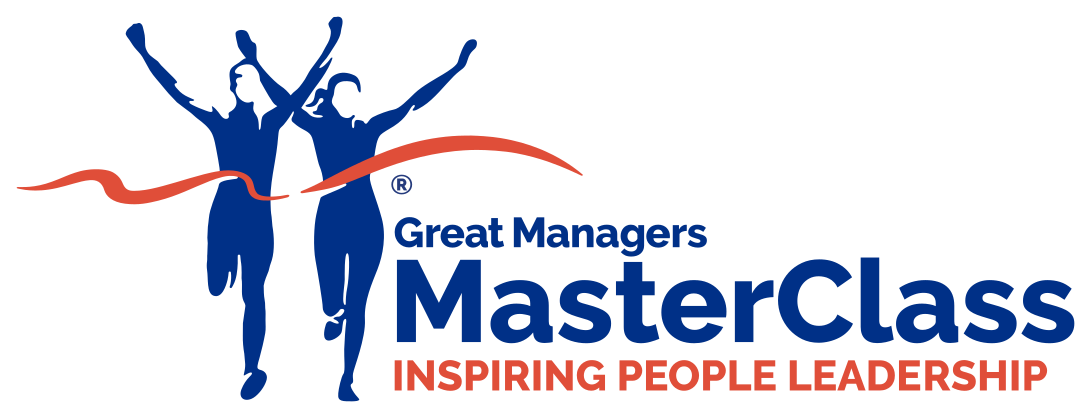How to Make Better Decisions in 4 Simple Steps
What tough decisions do you need to make right now at work or in your life?
How are you going to make them?
Every day, whether we like it or not, we have to make many decisions. We have to make choices that can impact ourselves, our organisations and others.
Our choices have consequences.
Self-knowledge is critical for making the right decisions.
Some people know they are indecisive – they agonise about making decisions and can get paralysed in the grocery store due to the amount of choice.
Others rate themselves as good decision-makers because they make decisions fast.
But is that the BEST way to make sound decisions?
In this preview of a recent Great Managers MasterClass, you will learn a 4-Step process that will help you make sound Decisions at work and in your life!
If you would like to view the full-length lesson on How to Make Better Decisions (and nearly 100 other workshops-on-demand), for a limited time you can subscribe to the Great Managers MasterClass for free. *Click here for more info.*
[Don’t like videos? Video Transcription Below!]
How to Make Better Decisions – The WRAP Process
 This is Chip and Dan Heath’s WRAP process.
This is Chip and Dan Heath’s WRAP process.
It brings together many aspects of research in decision making in a way that’s very accessible and easy to implement.
Widen Your Options
The Heaths cite research which demonstrates that widening your options (considering and analysing alternatives in different ways) leads to better decisions, which in turn lead to better performance and also to better life outcomes for us.
Often our options are more plentiful than we think. Yet sometimes we’re not considering anymore than one or two options.
Reality Test
We discussed earlier in this MasterClass how our biases operate to skew our judgement, and in particular confirmation bias makes us seek out information which supports our views, rather than challenges them.

This does not always lead to the best decisions being made.
So we need to reality test our assumptions.
Sometimes we kid ourselves that we’re gathering information, when in fact we’re really just “fishing” for support.
We might even be coming up with “sham” options so that we get what we want.
Attain Distance
When we’re in the grip of a decision, not only do we have an inward view so that all of our biases are operating, we also have an emotional attachment.
So this third step is to distance yourself from the decision before you finally make it.
Here’s a few suggestions.
The first one is to overcome short-term emotion because it’s an unreliable advisor.
Another suggestion is you can use the 10/10/10 test by asking yourself the following questions, and I’m sure a number of you will have heard of this before:
- How will I feel about this decision in 10 minutes?
- How will I feel about this decision in 10 months?
- How will I feel about this decision in 10 years?
This helps to level the emotional playing field and put things in perspective.
Our decisions are often altered by two subtle short-term emotions.
One being familiarity, which is about comfort, and the other one which is about loss, which is discomfort.
Be aware of our need to avoid loss.
This is often called “loss aversion”.
We’re actually hardwired to avoid loss more than we are to gain something. That being known, most change initiatives in organisations don’t pay enough attention to what is being lost.
And this is where some of the resistance comes from during organisational change.
Prepare to be Wrong
So the fourth step in the WRAP Process is to prepare to be wrong.
This is a bit counterintuitive, isn’t it?
But what the Heaths mean by this is to do some contingency planning, and consider what a bad outcome might look like, and then have the flexibility and courage to adjust your decision if needed.
There we have it. We have our WRAP process, and it looks pretty simple but what we like about it is the science behind it: each step helps us to overcome those biases that get in the way of making good decisions.
So, to re-cap the 4 steps… widen your options, reality test your assumptions, attain distance before deciding so that you can overcome those short-term emotions, and prepare to be wrong.
Next Steps
By following this four-step process, you’ll significantly improve your decision-making ability.
If you would like to learn practical steps to begin overcoming all the tough decisions in your life, you can view the full-length lesson on How to Make Better Decisions (along with nearly 100 other skill-boosting lessons) in our Great Managers MasterClass.
For a limited time, you can subscribe to our MasterClass for free. Click here for more info.






